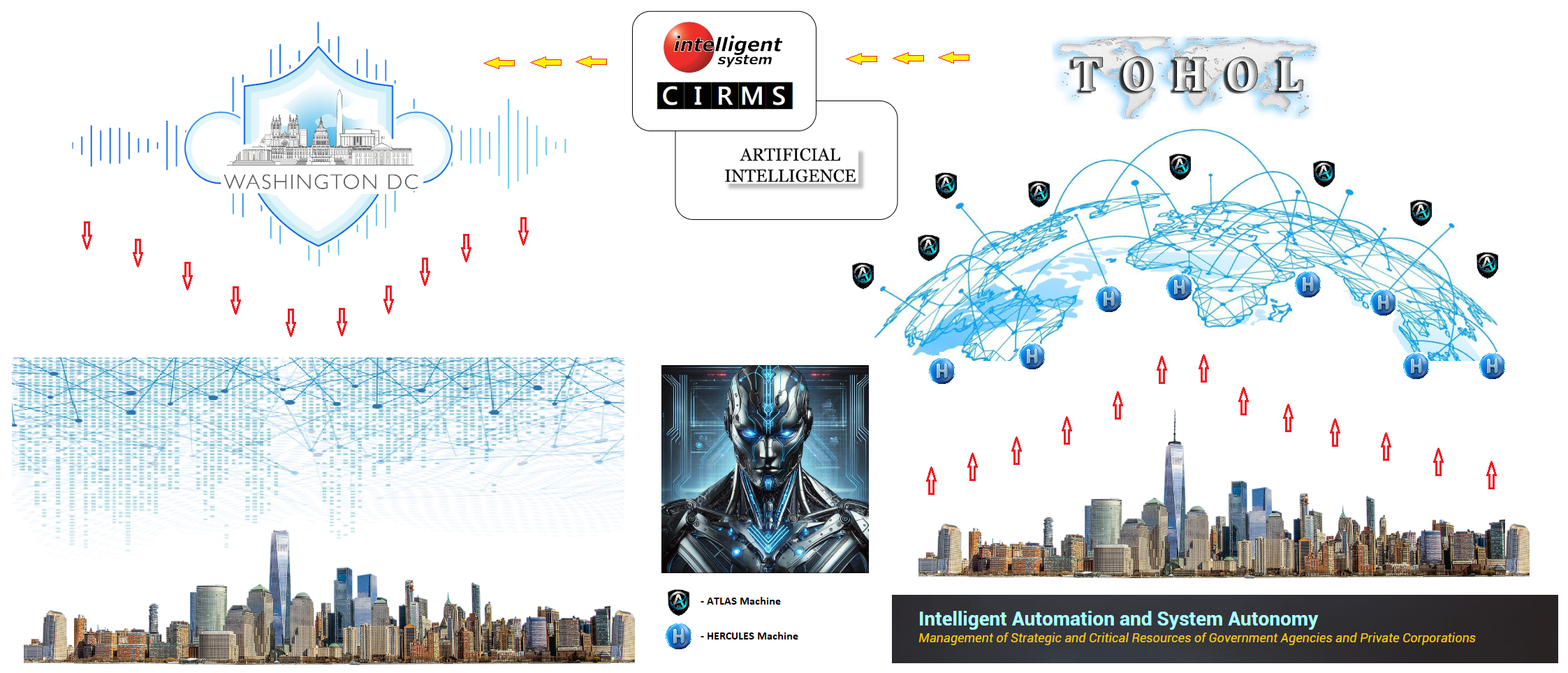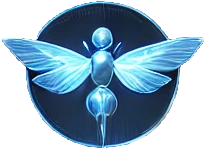|
Communication Patterns
CIRMS is designed on a centralized Star Schema model, which enables seamless two-way communication between a central point and various connected objects. This approach simplifies the flow of instructions, making it faster and more reliable.
CIRMS uses two straightforward communication patterns, which facilitate efficient interaction between the HERCULES machine and clients:
Send --> Receive (check and see): For monitoring purposes.
Send --> Do (check and fix): For action-based interactions.
These patterns streamline administration and provide reliable, easy-to-manage communication channels across the network
Benefits of This Approach
 |
Efficiency: Simplified two-way communication that’s easy to manage.
|
 |
Reliability: Centralized control for better monitoring and quick issue resolution.
|
 |
Scalability: The model can easily incorporate additional Clients as needed.
|
|
|
Naming Convention
To simplify administration and enhance clarity, we use the following naming convention within the CIRMS system:
ATLAS: The central control hub, overseeing all HERCULES machines in the network.
HERCULES: The central machine that hosts CIRMS, acting as the command center.
CLIENTS: All other connected machines, which follow the instructions relayed by HERCULES.
ATOMS: Each task is broken down into its smallest parts or 'Atoms', known as 'execution bots'.
MODULES: Collection of Atoms combined into a groups representing and servicing a system feature.
|
|
At Project TOHOL®, we envisioned a system that goes beyond traditional automation. CIRMS was conceived as a comprehensive infrastructure that not only drives intelligent automation but also safeguards critical resources. This system prepares organizations for the upcoming Industrial Revolution 5.0, where Artificial General Intelligence (AGI) will play a transformative role. To navigate this new era, CIRMS incorporates multiple layers of control, monitoring, and adaptability.
|

|
The Core Elements: HERCULES and ATLAS Machines
The architecture of CIRMS relies on a strategic hierarchy to ensure optimal performance and control at every level:
HERCULES Machines: Acting as the operational backbone, each HERCULES machine is responsible for a specific type of environment or component, such as distinct database systems (e.g., MSSQL, Oracle, DB2). HERCULES machines execute the core functionalities of monitoring, managing, and controlling resources within their designated domains.
ATLAS Machine: At the top of the hierarchy is the ATLAS machine, the ultimate command center that oversees all HERCULES machines. ATLAS consolidates data, provides a global overview, and hosts advanced AI-driven analysis capabilities. It serves as the central point for decision-making, ensuring that all actions align with organizational goals while mitigating risks. In more complex environments, multiple ATLAS machines may operate in a Cluster Design, enabling failover, redundancy, and collaboration for large-scale or mission-critical deployments.

|
|
Building Blocks of Control: The ATOMS Concept
At the foundation of CIRMS’s architecture are ATOMS—the smallest, modular units of control within the system. Each ATOM represents a fundamental task or process, forming the building blocks of larger functionalities. Through a combination of ATOMS, CIRMS constructs complex workflows, monitors intricate systems, and dynamically adapts to organizational needs.
Modular and Reusable: ATOMS are designed to be reusable, allowing CIRMS to create scalable solutions by combining ATOMS in various configurations to meet specific needs.
Precision Control: Each ATOM is purpose-built for a unique task, enabling CIRMS to execute operations with precision and maintain granular control over every aspect of the system.
Adaptive Execution: By combining and reconfiguring ATOMS, CIRMS is able to respond to new challenges, analyze data in real-time, and create efficient workflows that align with evolving requirements.

|
|







